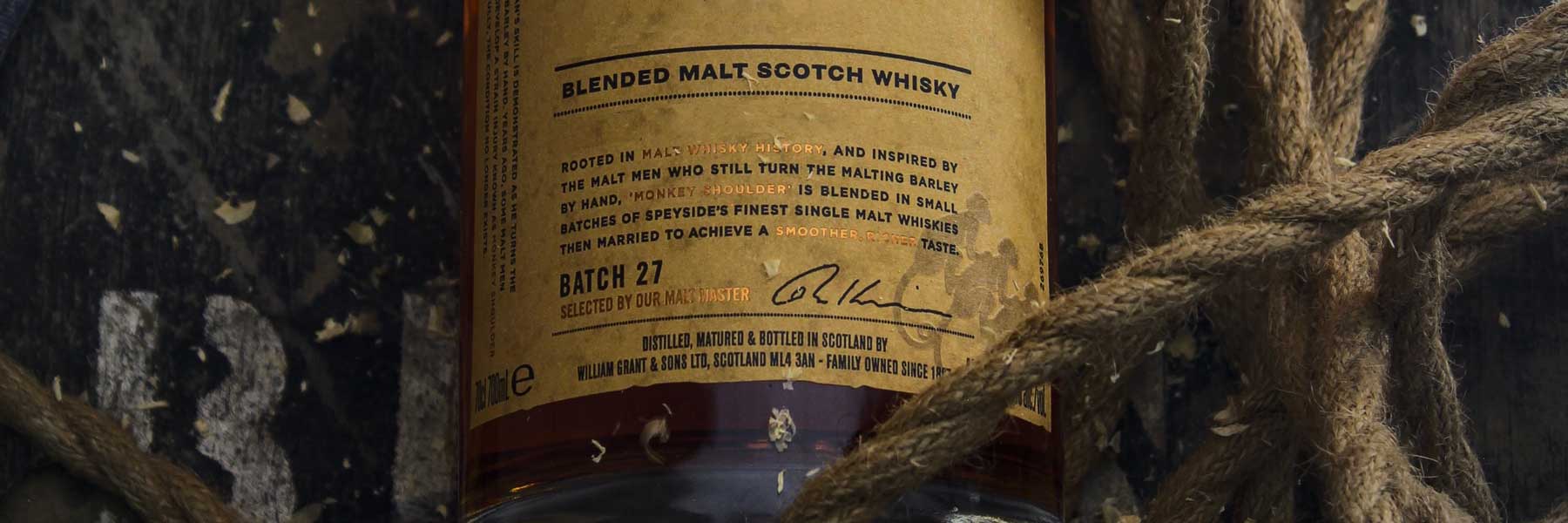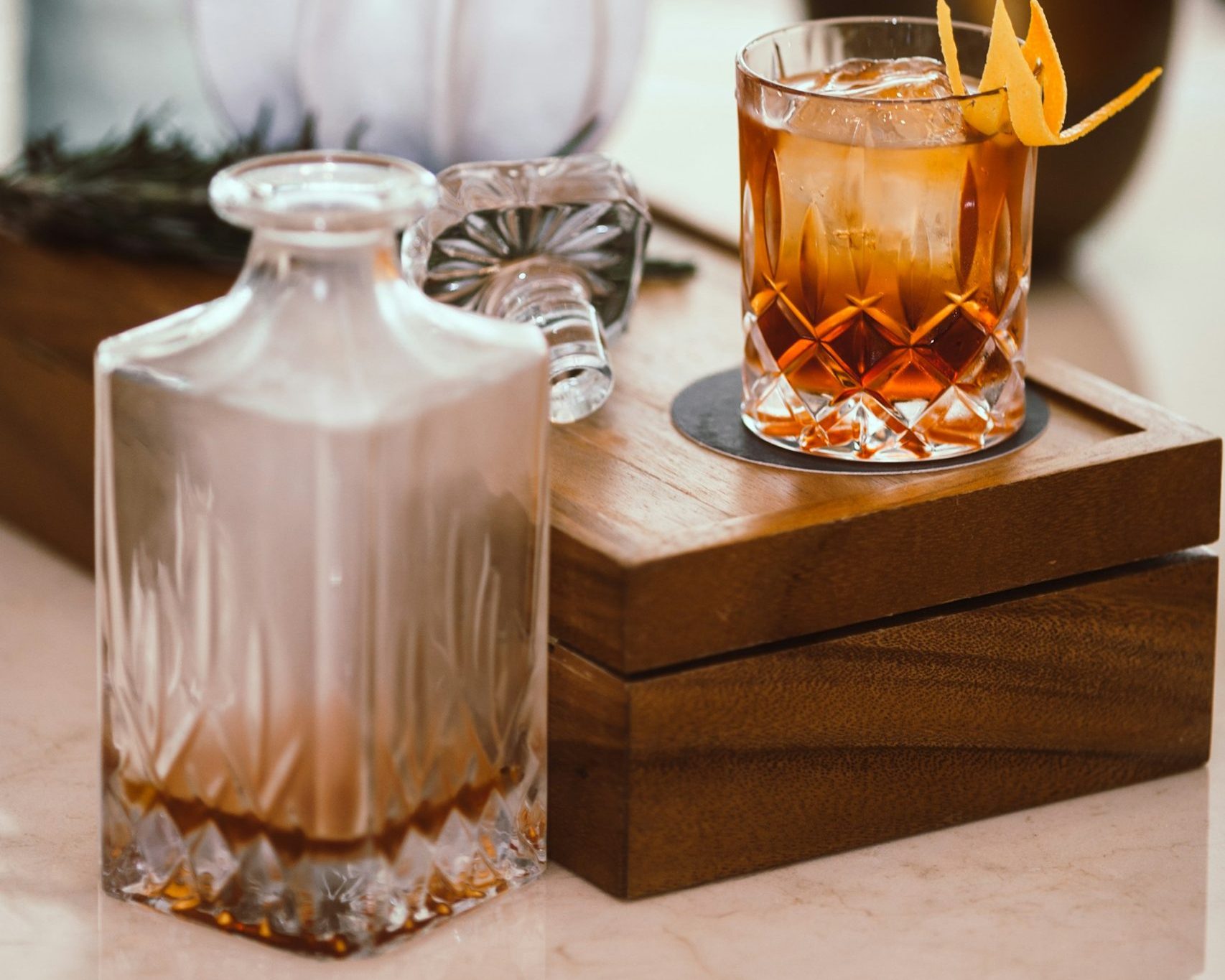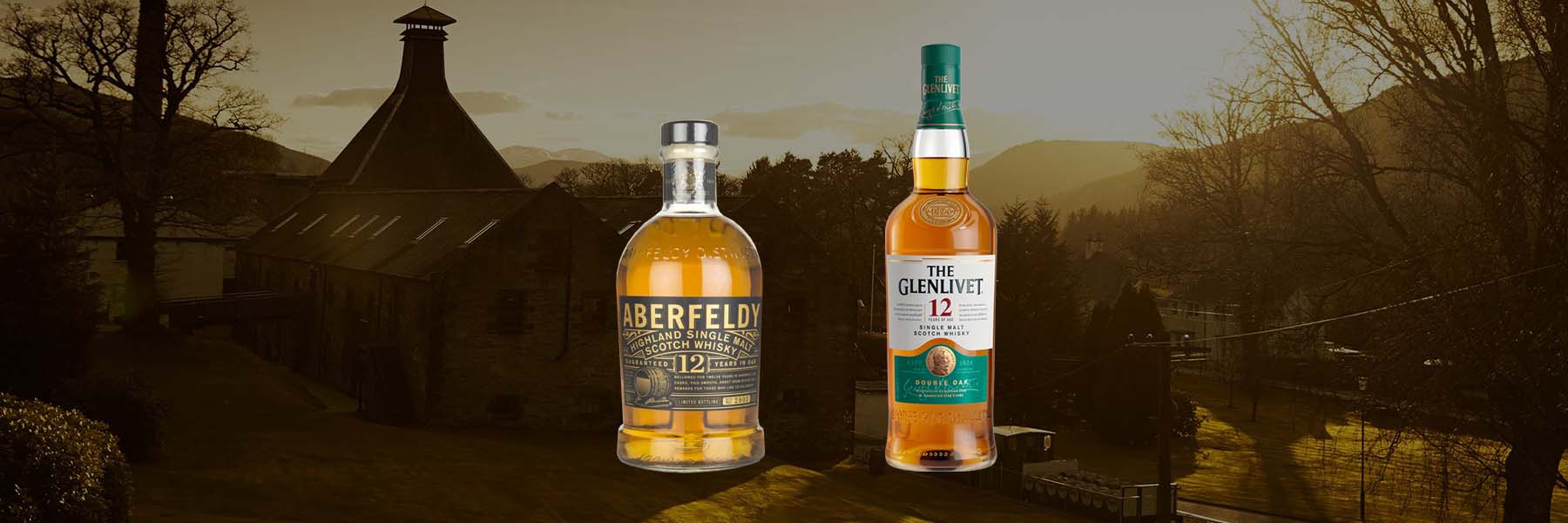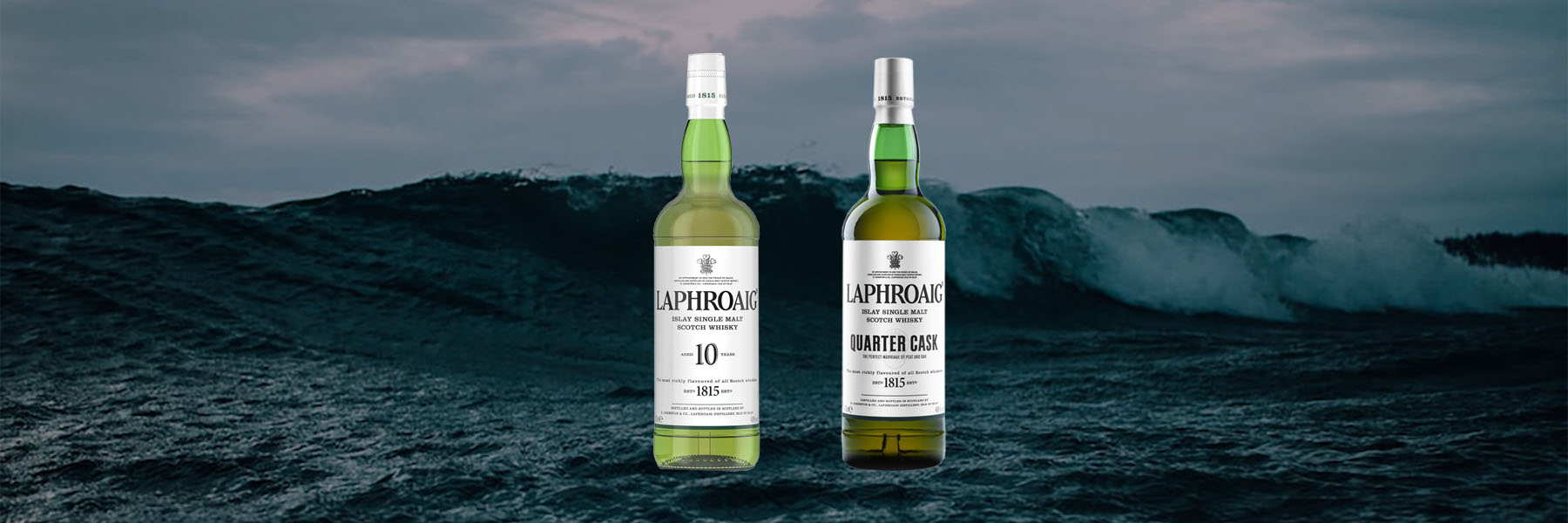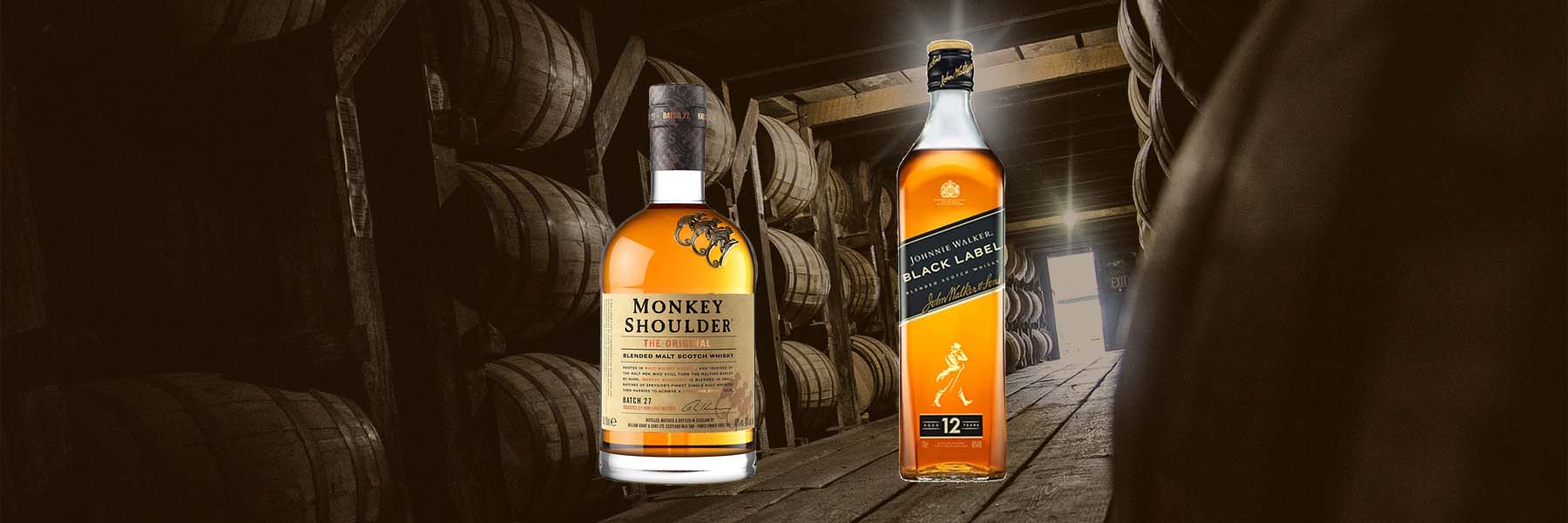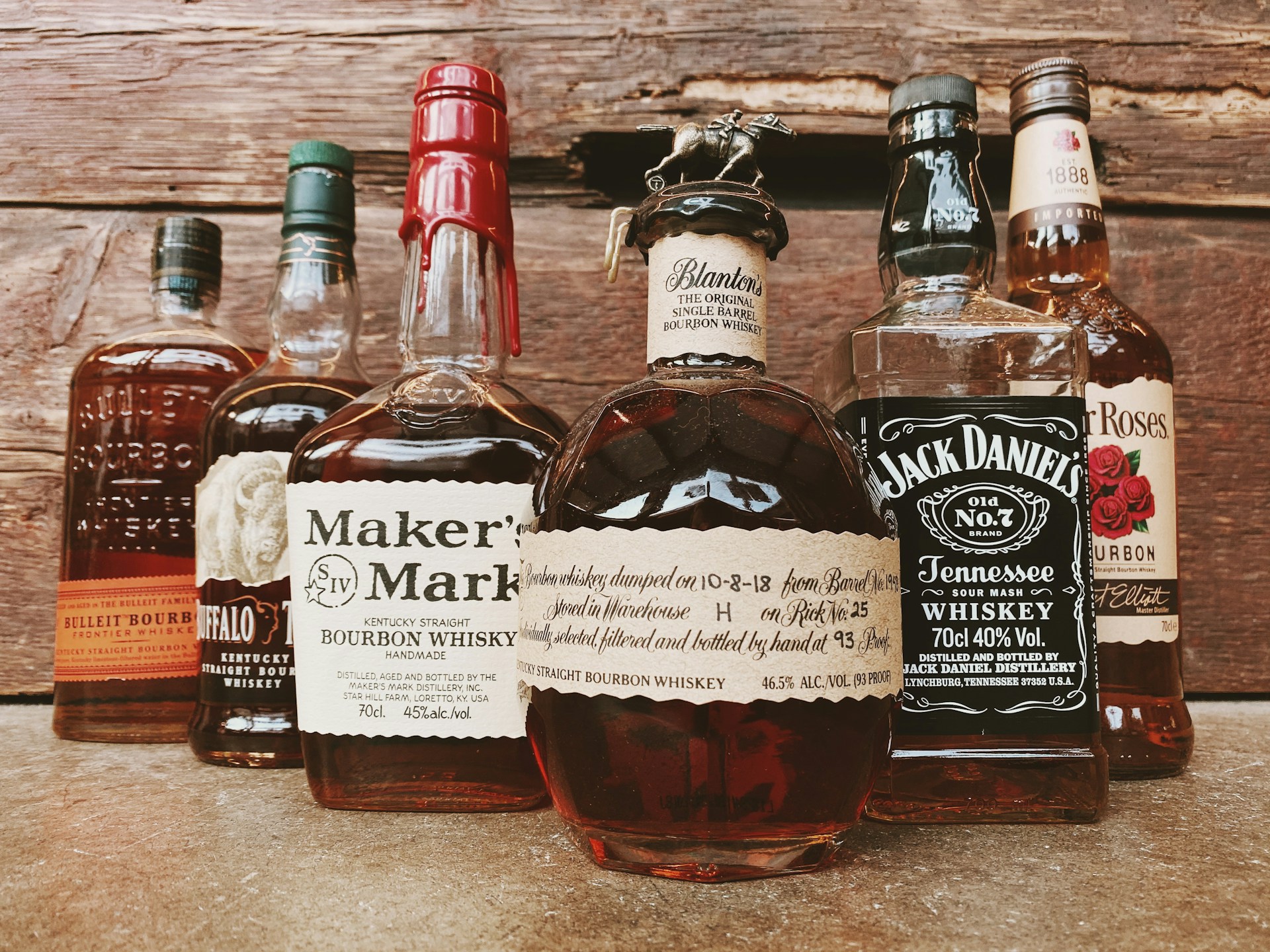What is blended malt Scotch whisky?
A whisky made by multiple Scottish distilleries which mixes only single malt whiskies together excluding any grain whiskies. Any of these single malt whiskies within the blend must be made from 100% malted barely, distilled in Scotland using pot stills and be aged for a minimum of three years in wooden casks prior to blending. The minimum required strength for blended malt Scotch whisky is 40% ABV.
Compared to blended Scotch (which accounts for 90% of the entire industry’s output) blended malts are a comparatively less prevalent type of whisky. This is becuase cheaper grain whiskies are largely made for blending with single malts to make Scotch blends.
However, by blending only single malts together, there are some truly fantastic flavours to behold free from grain whiskies. So, let’s take a closer look. What is blended malt Scotch whisky? How is it made? And how does it differ from the other types of Scotch whisky?
Let’s dive in.
What defines a blended malt Scotch whisky?
- Blended = whisky from more than one distillery
- Malt = whisky made from 100% malted barley
- Scotch = the whisky was made in Scotland
- Whisky = It was aged for a minimum of 3 years in wooden casks
For a whisky to be a blended malt Scotch, it must use at least two or more single malts from two or more Scottish distilleries. This is what differentiates it from blended grain Scotch, blended Scotch or single malt Scotch.
What is the difference between blended malt and single malt?
Blended malt uses single malt whiskies from multiple distilleries. Single malt whisky is made by a single distillery. Both are made entirely from malted barley and exclude the use of any grain whiskies made from alternative cereals such as wheat, oats, rye, millet, maize or un-malted barley.
What is the difference between blended malt and blended grain whisky?
Blended malt is made from pot-distilled whiskies using only malted barley. Blended grain whisky is made from column-distilled whiskies using any other cereal grains such as wheat, oats, rye, millet, maize or un-malted barley.
What is blended malt whisky made from?
Though blended malts contain multiple single malts, these are individually made to very strict regulations under Scottish law using only malted barley, water and yeast. The only legally permitted addition may be E150A ‘caramel’ colouring which compensates for colour variance resulting from cask maturation.
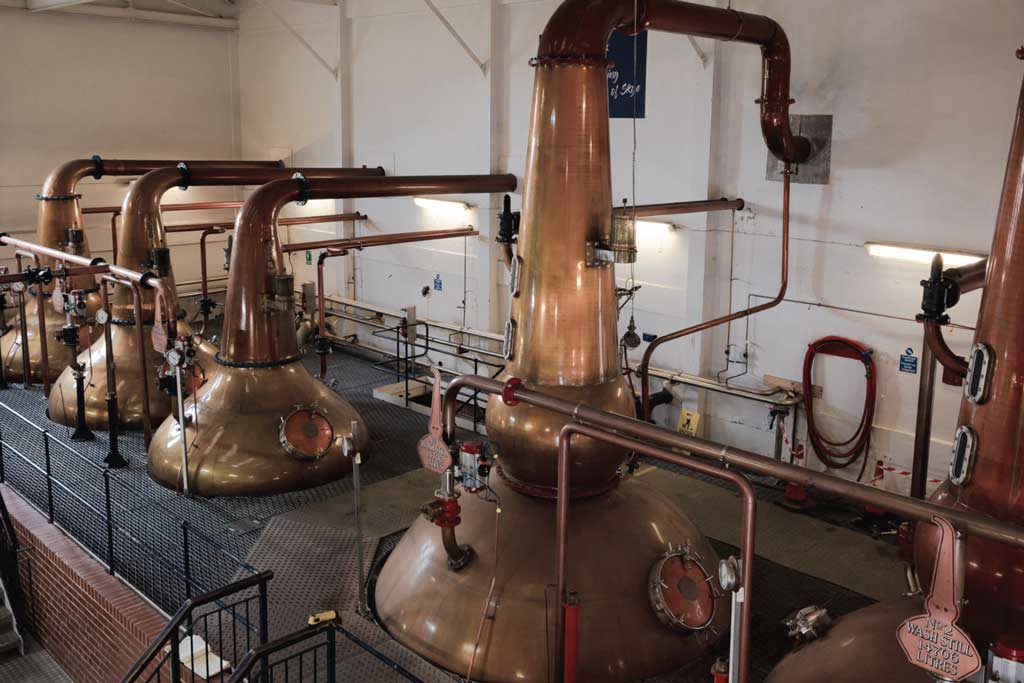
How is blended malt whisky made?
The single malts used in a blended malt Scotch whisky can vary vastly in terms of flavour, colour and character. However, the way these single malts are made is more or less identical, as described below.
First the barley must be malted. This involves steeping the ‘green grain’ in water multiple times to encourage germination where it’s then intentionally halted via kilning (heating). The reason for this is that germination activates natural enzymes within the barley, which later, converts starch into sugar during the fermenting process.
Next the malted barley is crushed using a motorised roller mill. This produces a coarse flour-like mixture called grist which varies in texture between fine and rough particles. This mixture is then mashed (mixed) with hot water inside a tank using motorised paddles. Heat and agitation extracts the natural starches from the grist making a porridge-like substance known as wort.
Thick and gloopy (yum), the wort is strained several times with more water to retain as much of the starch as possible. The solids are discarded and sold for cattle feed as draff whilst the precious starchy liquid is kept for fermentation.
The wash is transferred to enormous cylindrical tanks called washbacks. Usually made from wood such as straight-grained Oregon pine timber, these tanks are used to ferment the wort with the addition of distiller’s yeast. Over a period typically ranging between 48-96 hours, the yeast feeds on the starches and sugars, converting the wort a basic type of beer of around 10% ABV. This liquid is now called wash.
To extract the alcohol from the watery wash, it’s transferred to the first pot still called a wash still. There, it’s heated until boiling point where the alcohol within the beer is the first to vapourise. These vapours rise upwards out the still where they exit and recondense into low wines. At 30% ABV, this stronger alcoholic liquid requires further purification, which is why it’s distilled once again using a secondary pot still called a spirit still.
After another round of distillation, this new crystal-clear distillate is now much stronger at around 68% ABV. Referred to as new make spirit, this isn’t whisky yet as it requires a minimum of 3 years ageing inside wooden casks. This is where the new make transforms into a single malt whisky, reacting with the barrel’s wooden staves to lose harshness and gain complexity. Going from a clear spirit to a golden coloured nectar, the single malt may be ready after 3 years – but usually it’s matured for longer.
Finally, after maturation, various single malts by various distilleries can be brought together to make a blended malt whisky. Blended malts may contain up to 20 or more single malts to make their recipe. Johnnie Walker Green Label for example is rumoured to use a staggering 27 in their sole blended malt bottle. Meanwhile, Monkey Shoulder only uses three.
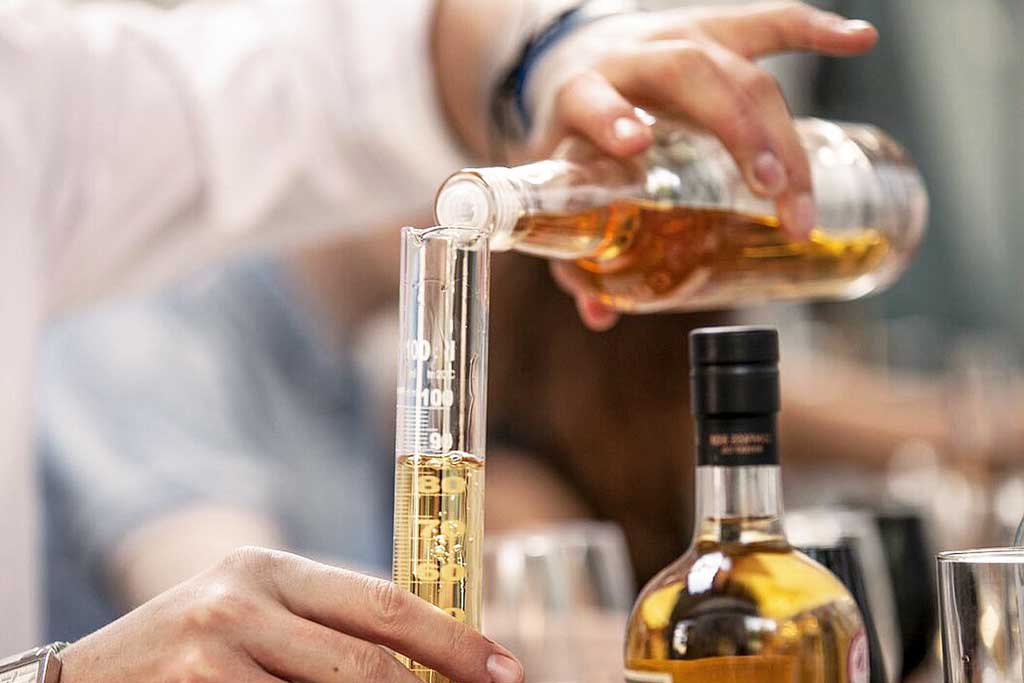
Why blend perfectly good single malts together?
The purpose of blending any whisky is to balance, contrast, compliment and tailor the flavours to make a more rounded and approachable composite. As you may have experienced already, single malts on their own can be incredibly potent – boisterous even.
Well, by blending them with other single malts, you can tame these flavours to make them easier to drink. Blending can even highlight some of their less detectable qualities which are sometimes lost when drank on their own.
But don’t think blended malts are a lesser experience. They still pack plenty of flavour, even without the addition of sweetly soft grain whiskies. Blended malts are carefully balanced by skilled ‘master blenders’ who select specific casks from various distilleries to make some truly tasty blends. No mean feat, especially when whiskies (even from just one distillery) can vary so vastly.
If you’re curious to try blended malt Scotch, there are some truly excellent brands and bottles to try. We’ve compiled a list of our favourites below for you scroll through.
7 best blended malt Scotch whiskies
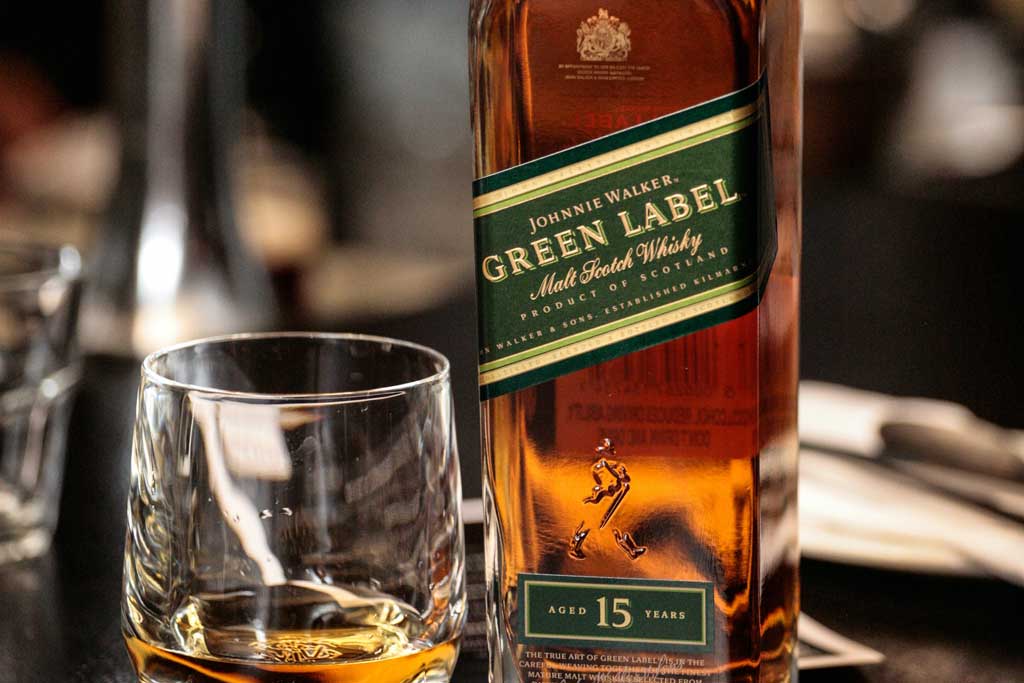
Johnnie Walker Green Label 15 Year Old Whisky
Due to low supply of 15 year old malts, this whisky was temporarily discontinued by Diageo between 2012 to 2016. But thankfully, it’s now back on the shelves as Johnnie Walker’s only blended malt whisky. This 15 year old blend has a rich and full nose, with notes of mochaccino and espresso coffee, wood smoke, bitter chocolate and oak. On the palate, it is of medium-body with notes of crisp cereals, coffee beans, chocolate, a date note and a touch of walnut. The finish is quite long and spicy, with honeyed sweetness and oak. With intermittent supply from one of Scotland’s most famous whisky brands, we strongly suggest you hit either button below to grab a bottle – whilst you can.
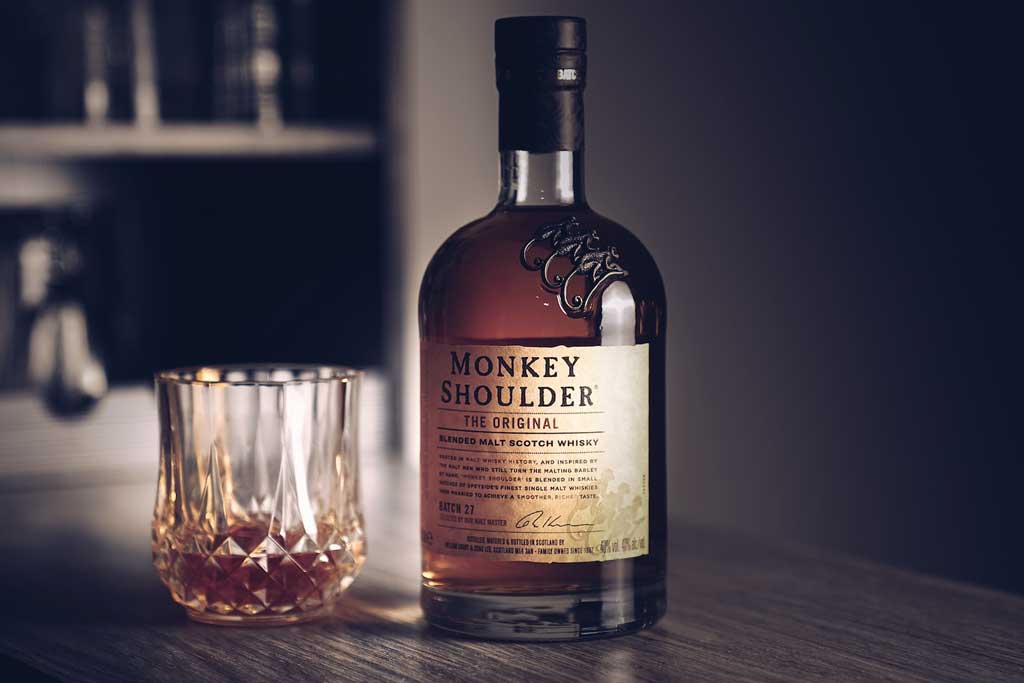
Monkey Shoulder
This blended malt is a unique and extraordinary blend of three Speyside single malt whiskies – Glenfiddich, Balvenie and Kininvie. Crafted with care, it delivers an impressively smooth and creamy texture along with a distinctively rich flavour profile. On the palate it is malty and creamy with notes of berry fruit, juicy toasted barley, cloves and butterscotch. Originally created for mixing in cocktails (which it does impeccably well), Monkey Shoulder also works wonderfully on its own over ice or neat. This is the perfect Scotch for those who are looking for something interesting that’s full of flavour and history; you absolutely won’t be disappointed!
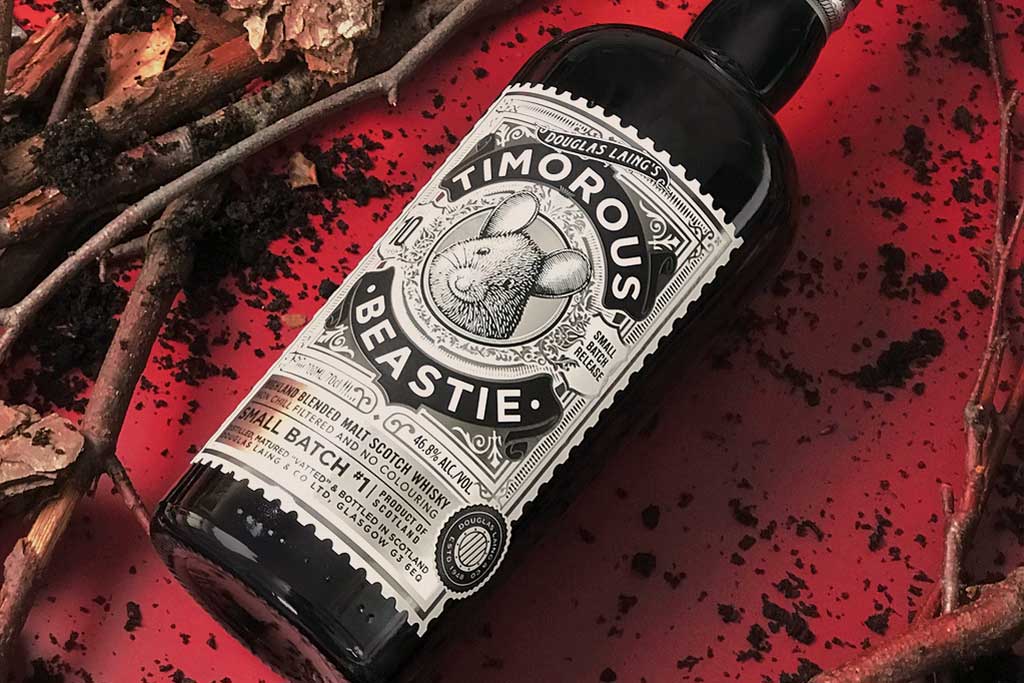
Timorous Beastie
An outstanding and unique blended malt Scotch whisky. Made with malt whiskies from highland distilleries including Dalmore, Glen Garioch, Glengoyne and others, it’s named after the Robert Burns poem ‘To a Mouse’. Its flavour profile is complex and bold revealing dried fruits, green apples and anise with sweet grist and malt loaf undertones. Finally, the finish is long-lasting with hot cinnamon sweeties and freshly baked bread accents lingering on the tongue. Anything but timorous, this bold sherried blended malt is one worth adding to your drinks shelf.
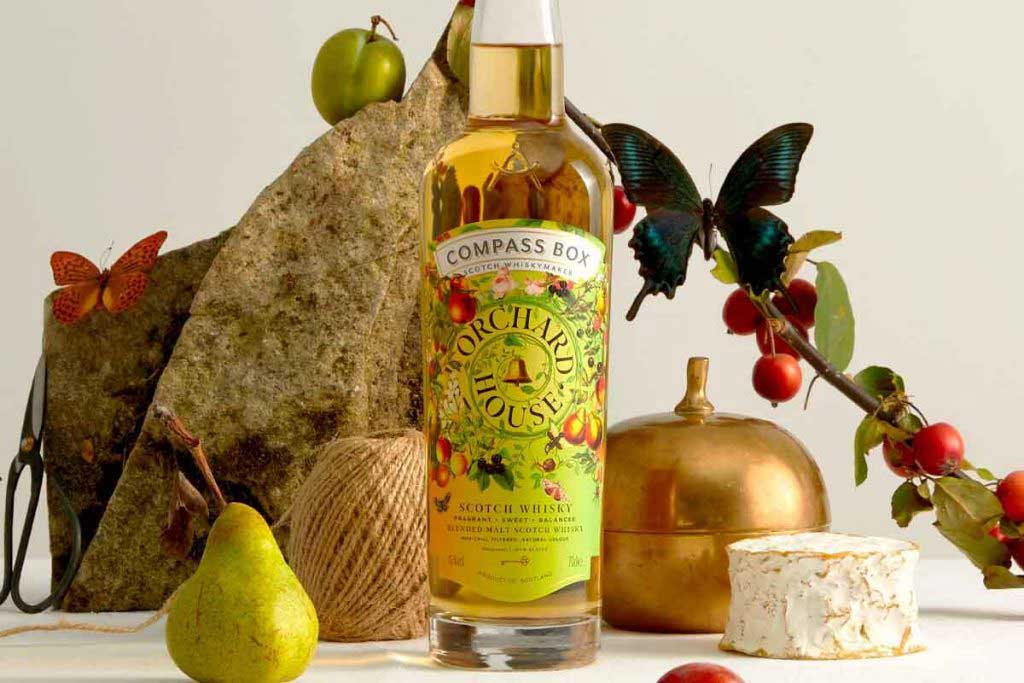
Compass Box Orchard House
A brilliant blended malt Scotch whisky from the team at Compass Box. This expression features whiskies sourced from three of Scotland’s finest distilleries; Clynelish, Linkwood and Benrinnes. The combination of these malts gives the whisky a unique flavour profile featuring sweet and bright notes of tart apple, pineapple, golden syrup and buttery pastry, all with a subtle peat smoke undertone. The distilleries used to make this blend create malts which are well-known for their tantalising flavours and Orchard House proves to be no exception. It’s a truly remarkable blend that can be enjoyed neat or over ice. Enjoy for its vibrant fruity flavours with just enough smokiness to create an intriguing contrast; you’ll be glad you tried it!
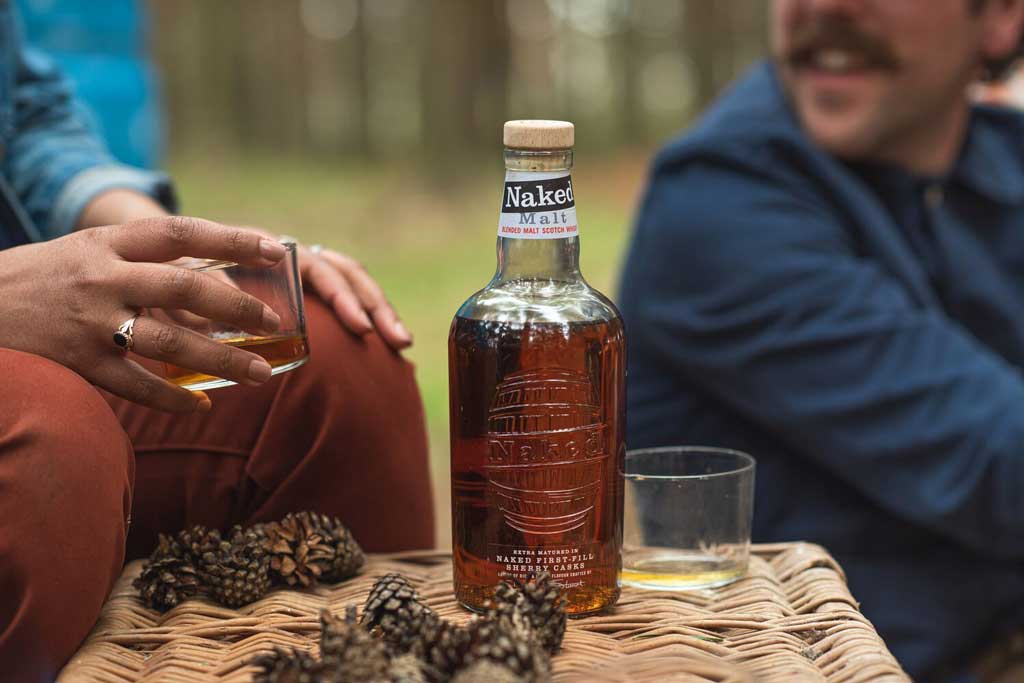
Naked Malt
A charming malt blend made from an exquisite combination of single malt whiskies aged in first-fill Oloroso sherry casks. The aging in these casks gives the whisky a rich fruioty flavour profile, with notes of sultanas, sticky toffee pudding, raspberry jam, Victoria sponge, custard and crème caramel. Naked Malt blended malt Scotch whisky is an ideal choice for those looking for something special to sip on or mix into their cocktails. Its rich sherried flavour and mild sweetness makes it perfect for all types of occasions – whether it’s enjoying a dram by itself or adding an extra dimension to your favourite mixed drinks.
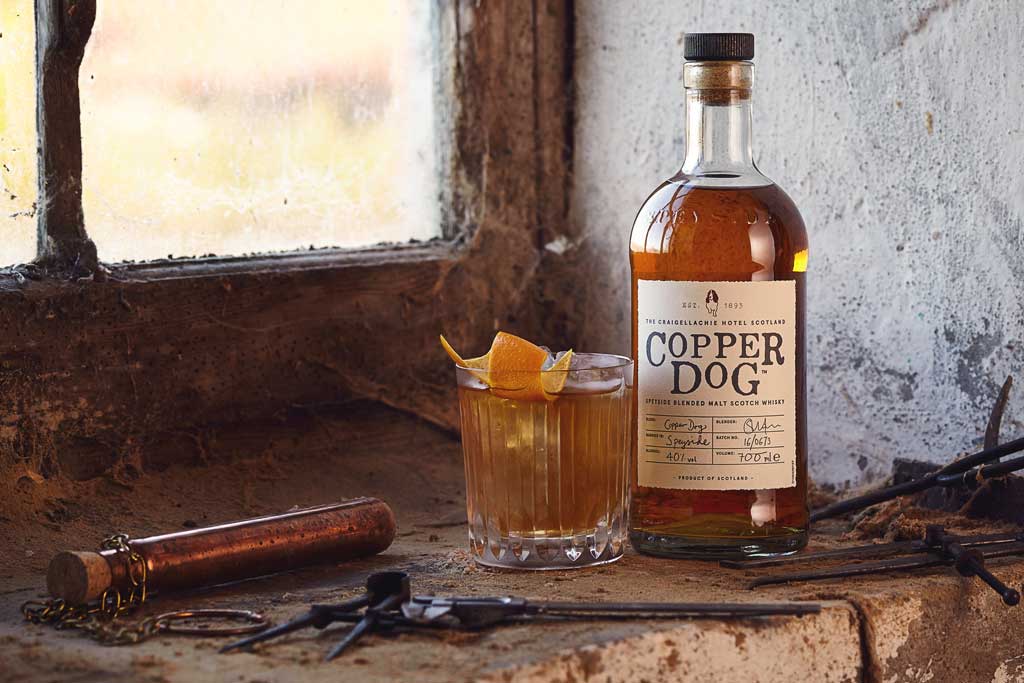
Copper Dog
A charming blended malt whisky named after the copper tubes previously used by distillery workers to sneak away new make spirit from their work place. Made from an exquisite blend of eight different single malts, it yields flavours of rich chocolate digestives, nutty malt, orange peels and soft simmering spices. This whisky is full-bodied and creamy on the tongue with a lingering finish that’s warming and inviting. It serves as an excellent foundation for cocktails or can be enjoyed neat.
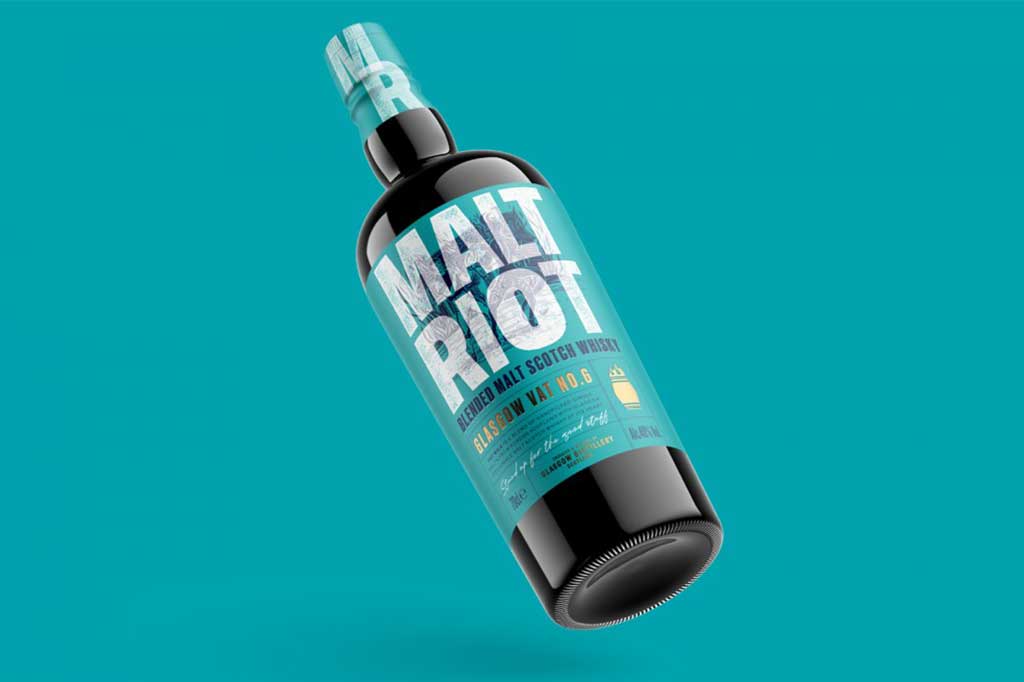
Malt Riot
A punchy blended malt Scotch whisky from The Glasgow Distillery Co.. The name pays homage to the malt tax riots of 1725 in Glasgow, when local residents protested against the Government’s attempt to impose taxes on Scotland’s malted barley. This particular expression features a core of the distillery’s 1770 whisky including other malt whiskies from across Scotland. The nose has notes of cereal, honeycomb and pastry aromas, with some slight peat smoke for depth. On the palate it is fruitier, with zesty citrus and mango flavours as well as gingerbread and amaretti biscuits. This whisky is particularly well suited for classic whisky cocktails.
What are the 5 types of Scotch whisky?
- Single malt Scotch whisky
- Single grain Scotch whisky
- Blended malt Scotch whisky (This article)
- Blended grain Scotch whisky
- Blended Scotch whisky
If you’re curious to know more about Irish and Scottish whisky, you should head over to our handy comparison blog.


